Copyright © All rights reserved.



Charles Wardill
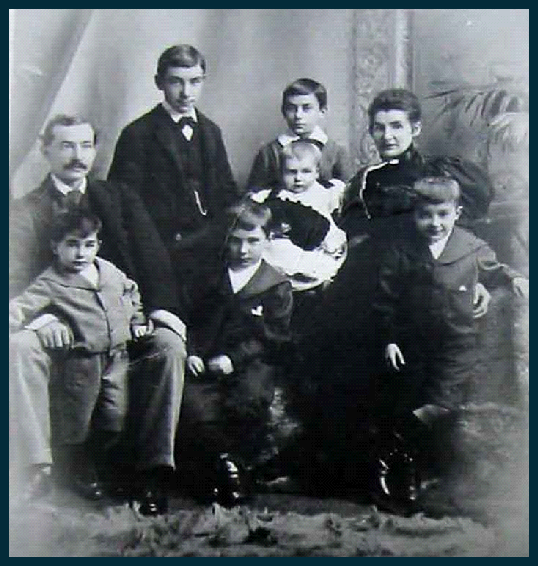
They remained at Serapeum, undergoing general training until 29th of May when they received orders to move to Alexandria for embarkation for France. Charles’ unit left Alexandria on 1st June, arriving at Marseilles a week later with an uneventful journey. .There they entrained for Bailleul before arriving at Erquinghem. Here they trained further, with raiding parties being trained in full-
On 6th August the 4th Brigade returned to the front line at Pozieres, the 13th Battalion taking up a support role in “Sausage Valley”. On the 10th the 13th moved to the frontline, coming under heavy fire, staging a successful attack on the following day and taking 20 prisoners. On 14th, they carried out another successful attack, taking several German machine guns and another 20 prisoners. On 15th they left Albert and marched back to Warloy where they received an enthusiastic reception. For the next ten days they were again involved in exercises and training, but on 27th they were back at Posieres and ordered to stage an attack on two German strongholds. The attack was successful but a fierce counter-
On 2nd of September his commanding officer reported that Charles had gone missing on 30th of August. A Court of Inquiry held “in the field” on 3rd of October ruled that he was “wounded and missing” as of 30th August and a further Court of Inquiry on 23rd January 1917 reported him Killed in Action
By October, his brother James was clearly getting very worried about Charles as he began writing to the military authorities asking for information, but getting no help from them. By June 1917, Charles’ executor was also writing requesting information – despite January’s verdict, the authorities were still refusing to give definite statements of Charles’ death, so that his estate could not be wound up. At this point a very grudging statement was issued that Charles had died on 30th August 1916. By July, James had still not heard anything from the Australian authorities but had heard from his father in Malton, who had received official notification of Charles’ death. He requested a death certificate from the Australian authorities – they sent it , adding insult to injury, to Miss J. O. N. Wardill!
The Malton Messenger reported the news of his death well before his brother learnt definitively that Charles was dead:
“FINE EXAMPLE OF PATRIOTISM AND SACRIFICE -
Charles Wardill was the sixth son of Jonathan and Jane Anne (nee Nicholson) Wardill. He was born in the third quarter of 1892 in Malton. Jonathan Wardill married Jane Ann Nicholson (1860 -
Jane died after the birth of their daughter Jane Ann in 1899.. The photograph shows the family in about 1895 – Charles is the small boy standing directly in front of his father.
In 1901 the recently widowed Jonathan and eight of his children were living at 64 Wheelgate – a property that is still a saddler’s shop.
1901 Census – resident at 64 Wheelgate Malton
WARDILL, Jonathan, Head, Widower, M, 46, Saddler, Ruswarp Yorkshire,
WARDILL, Cecil, Son, Single, M, 20, Saddler Journeyman, Malton Yorkshire,
WARDILL, James O N, Son, Single, M, 16, Grocer Apprentice, Malton Yorkshire,
WARDILL, Percy, Son, Single, M, 13, , Malton Yorkshire,
WARDILL, Charles, Son, Single, M, 8, , Malton Yorkshire,
WARDILL, Annie, Daughter, Single, F, 7, , Malton Yorkshire,
WARDILL, Bernard, Son, Single, M, 5, , Malton Yorkshire,
WARDILL, Jane A, Daughter, Single, F, 1, , Malton Yorkshire,
WARDILL, Jane, Sister, Single, F, 48, Housekeeper (Domestic), Ruswarp Yorkshire,
Jonathan subsequently remarried Mary Elizabeth Wainwright and had several more children. By 1911 a number of the children had moved out but at the time of the census Charles was still living with his father, though not working with him.
1911 Census – resident at 64 Wheelgate, Malton (where Parnaby’s Saddler now is)
WARDILL, Jonathan, Head, Single, M, 56, Saddler Harness Maker, Yorks Ruswarp Whitley,
WARDILL, Mary Elizabeth, Wife, Married 8 years, F, 42, , Walton Yorkshire,
WARDILL, Charles, Son, Single, M, 18, Butcher, Yorks Leonards Malton,
WARDILL, Bernard, Son, Single, M, 15, School, Yorks Leonards Malton,
WARDILL, Jane Ann, Daughter, , F, 11, School, Yorks Leonards Malton,
WARDILL, Reginald, Son, , M, 7, School, Yorks Leonards Malton,
WARDILL, Mary Catherine, Daughter, , F, 4, , Yorks Leonards Malton
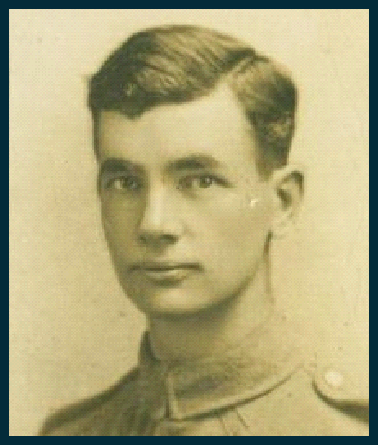
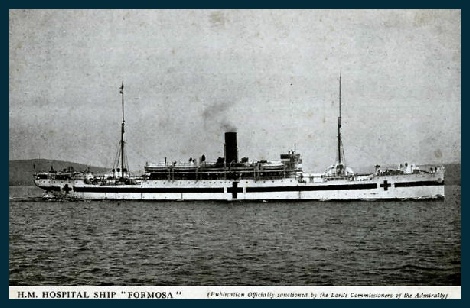
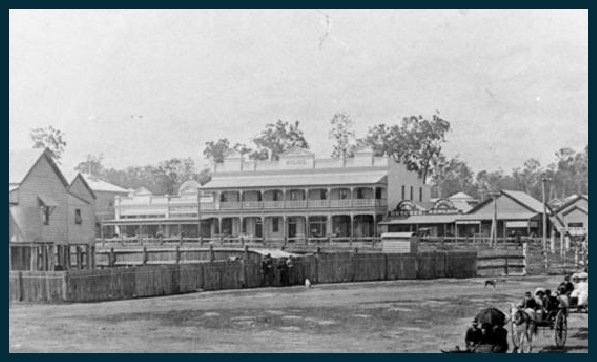
Very shortly after this census James and Charles emigrated to Australia, leaving London on May 25th for Hobart, Australia on the “Corinthic. Arrived in Australia, James and Charles Settled in Queensland, Charles took on a farm at Stalworth, Wondai, nostalgically called “Swinton Grange.”
When War broke out, Charles enlisted and joined the 13th Battalion of the Australian Infantry on 9th November 1914 At this time he was aged 22 and was 5 ‘8” tall, and weighed 10 stone 5 lbs. He had a dark complexion, dark brown eyes and black hair and gave his religion as Church of England.
The 13th Battalion AIF was raised from late September 1914, six weeks after the outbreak of the First World War. The battalion was recruited in New South Wales, and with the 14th, 15th and 16th Battalions formed the 4th Brigade, commanded by Colonel John Monash.
The 4th Brigade embarked for overseas in late December and the 13th Battalion left Melbourne on 22nd December on the “Berrima”. After a brief stop in Albany, Western Australia, it proceeded to Egypt, arriving in early February 1915. Australia already had an AIF division there, the 1st. When the 4th Brigade arrived in Egypt it became part of the New Zealand and Australian Division.
By 12th April 1915, Charles had reached Gallipoli, and they landed at ANZAC Cove late in the afternoon of 25 April 1915. From May to August, the battalion was heavily involved in establishing and defending the ANZAC front line. In August, the 4th Brigade attacked Hill 971. The hill was taken at great cost, although Turkish reinforcements forced the Australians to withdraw.. Charles was transferred to Division Headquarters on 5th August, so escaping the sanguinary attack on Kurija Dere of 6th August. On 10th October he was reported as suffering from Tonsillitis, and on the 15th he was transferred to the Hospital Ship “Formosa” with a slight gunshot wound in his right leg. The “Formosa” took him to Malta where he was admitted to St Elmo’s Hospital for treatment of the leg wound on 15th October. He remained on Malta until February 1916 when he was passed fit for active service and sent on H.T. Simla to Alexandria, arriving there on 18th February.
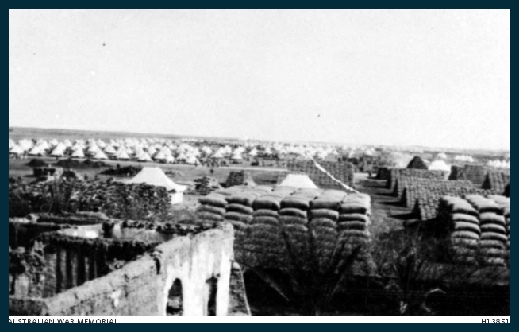
After the withdrawal from Gallipoli, the battalion had returned to Egypt. While in Egypt the AIF was expanded and was reorganised. The 13th Battalion was split and provided experienced soldiers for the 45th Battalion. The 4th Brigade was combined with the 12th and 13th Brigades to form the 4th Australian Division.
On 17th March he rejoined his unit at Tel-
On the 26th the brigade left Tel-
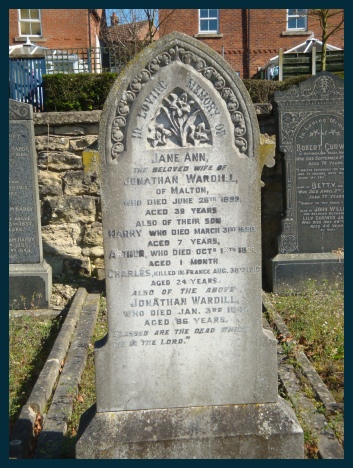
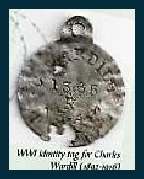
After the war Charles’ body was located in land about a mile west of Courcelette and identified by means of his “dog-
As well as his grave in France he is also commemorated on his mother’s gravestone in New Malton cemetery.